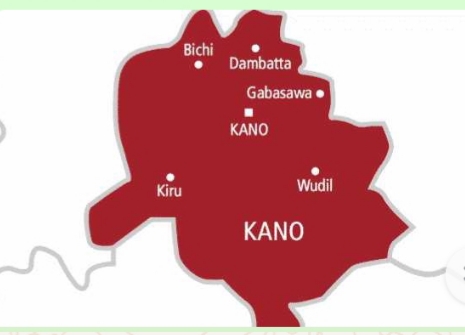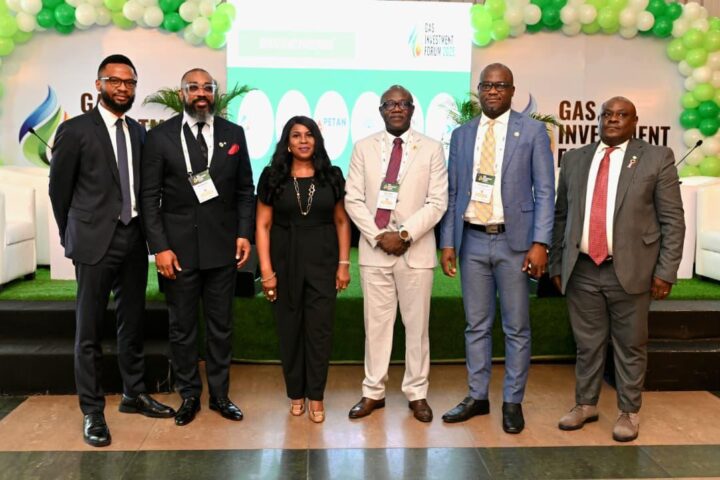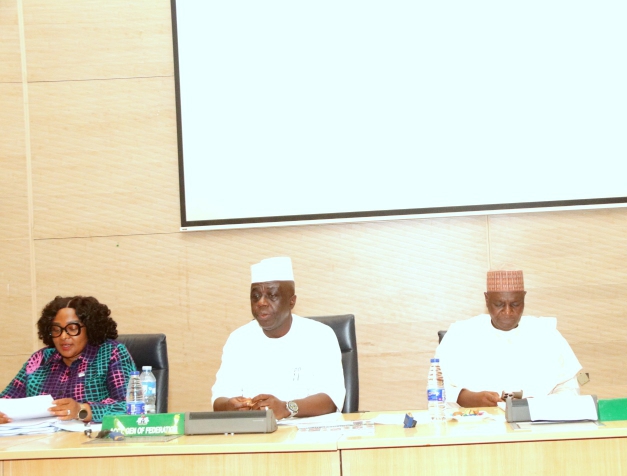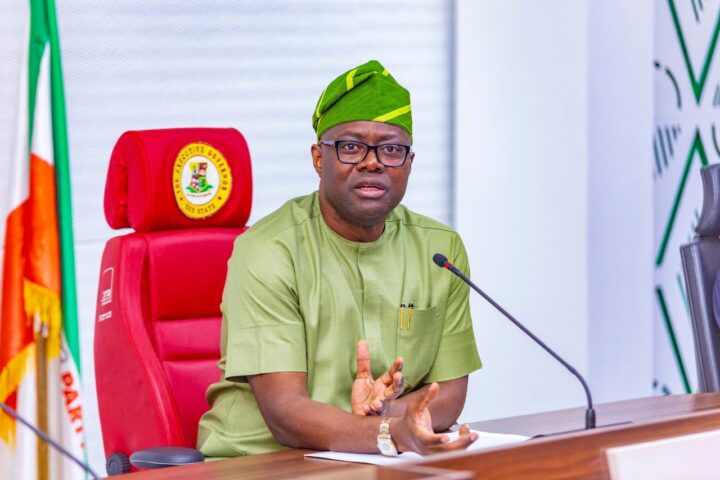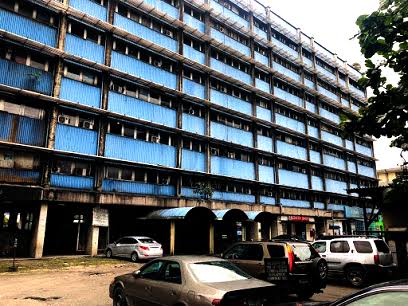Africa’s energy security has worsened with 25 million more people on the continent now living without electricity than before the COVID-19 pandemic,the International Energy Agency,has said
In its Africa Energy Outlook 2022 report,the agency disclosed that investments of up to $25 billion per annum are now required to sustainably ensure modern and affordable energy for all Africans, within the next ten years.
According to the report,renewables, especially solar power, offers huge potential for Africa to achieve electrification targets in a cost-effective manner and yet with the most expansive solar resources in the world, the continent represents less than 1% of the global total in solar energy installations.
Fatih Birol, Executive Director of the IEA, said, “Connecting grids will be very important for Africa to address energy access and affordability issues. Huge amounts of renewable energy resources mean big potential for green hydrogen development in Africa.”
Birol added that green hydrogen production costs could prove most cost-effective and key to addressing African energy needs, while offering opportunities as a commodity capable of competing with Europe’s domestic production, appropriately monetizing the African continent’s energy resources.
The report said with 4% more people in Africa living without access to electricity in 2021 compared to 2019, the situation is worsening in 2022 by eastern European geopolitical tensions and the knock-on effect of upticks in financial pressure on African utilities, causing both increased blackouts and exacerbated poverty in sub‐Saharan Africa.
Speaking on the need for Africa to diversify its energy mix using hydrocarbons, Birol added that, “Africa has substantial amounts of gas reserves in different countries. More than 5 000 billion cubic metres (bcm) has been discovered but not yet developed and if developed, could bring up to 90 bcm of gas into the market by 2030.” Birol stated that the volumes could help meet domestic energy needs for important industries such as fertilizer, steel, cement and water desalination in tandem with reducing emissions from power generation.





